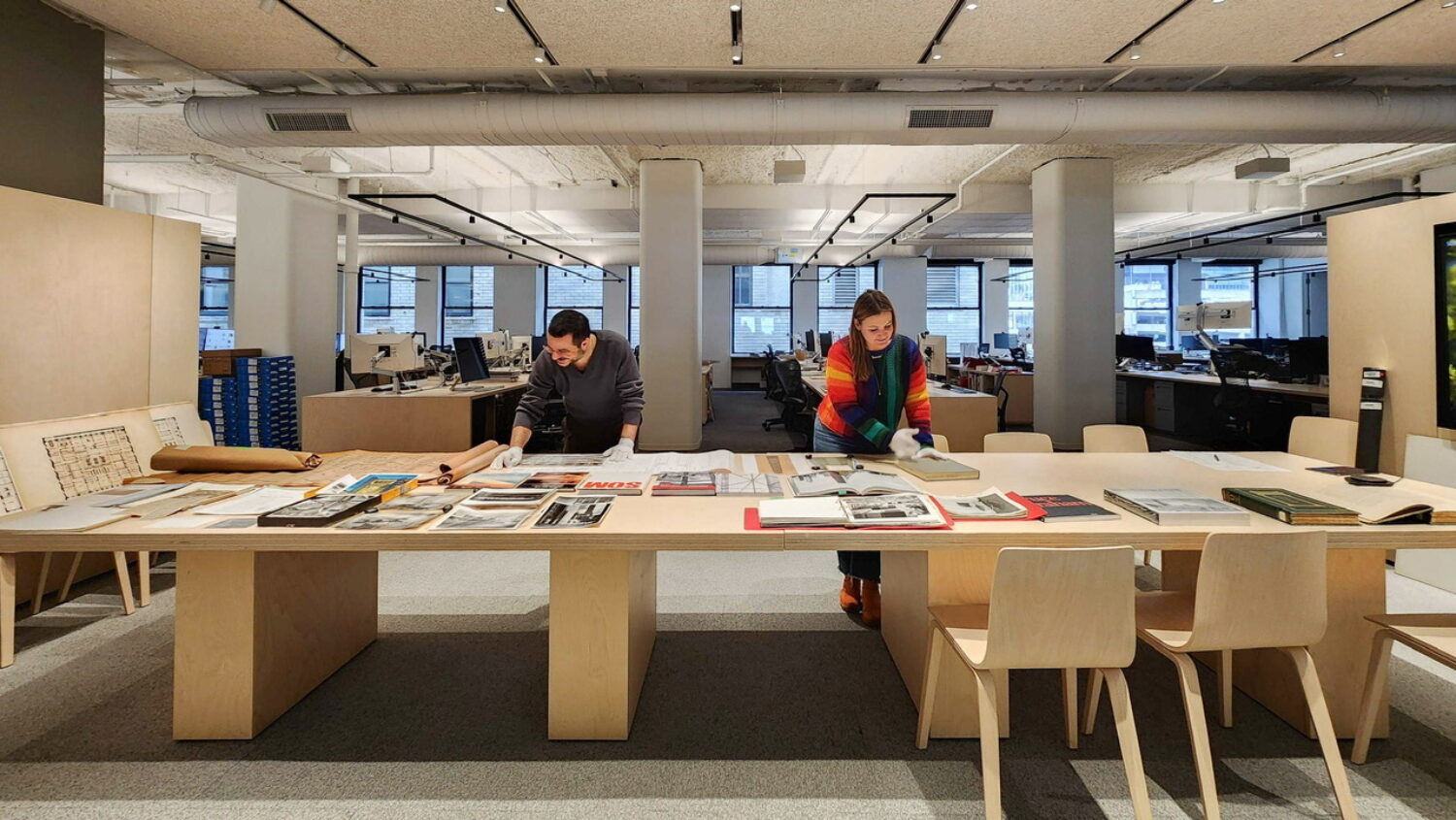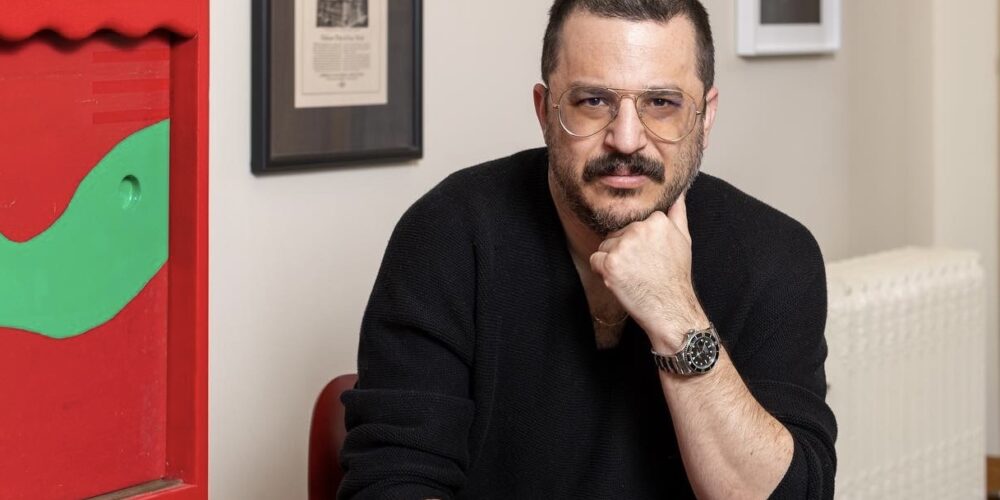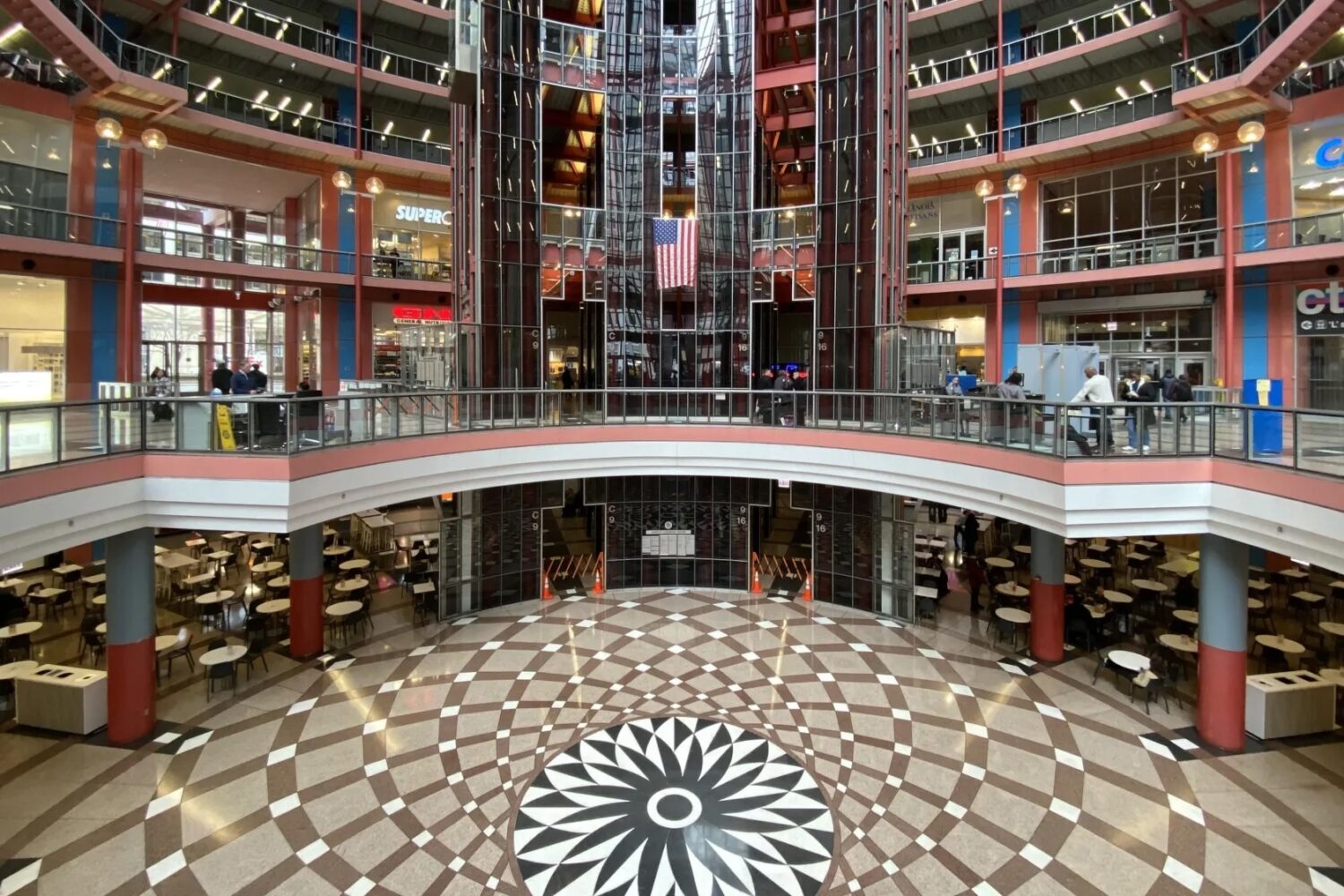About Preservation Futures
Preservation Futures is a mission-driven preservation firm working to connect the past, present, and future of the built environment through research, action, and design.
Our work includes interpretation of historic places and spaces; cultural resource management for public and private organizations; and preservation as a tool to support stewardship of the built environment at all scales. We produce research that informs public processes and policy decisions; plan programs that develop audiences and engage communities; and help clients large and small reimagine and revive buildings through restoration, renovation, and adaptive reuse.
Founded by Elizabeth Blasius and Jonathan Solomon in 2021, Preservation Futures is committed to providing the benefits of preservation to a broader audience. We focus on the preservation of the recent past, and on the preservation of overlooked histories.
Our clients include federal agencies and local municipalities, non-profits, property developers, and private individuals. Recent projects include completing an African American Historical Context Study for the City of Joliet, IL; serving as preservation consultant to the Emmett Till and Mamie Till Mobley House in Chicago; developing a heritage trail for the Illinois Chapter of the Black Panther Party; and piloting community engagement strategies among communities in the Chesapeake Watershed for the National Trust for Historic Preservation.

We capture narratives and share stories
In the past three years, we have worked with clients to produce over 50 individual oral history interviews
We get landmarks listed
In the past five years we have had five properties found eligible for landmark listing at the local and national level, from postmodern icons, to century-old vernacular buildings.
We help clients raise the support they need
In the past three years we have helped raise over $1.5 million for our clients to complete their projects.
We have the expertise to take on diverse projects
Our team exceeds the Secretary of the Interior (SOI) Professional Qualification Standards as published in the Code of Federal Regulations, 36 CFR Part 61 for Architecture, Architectural History, History, and Historic Architecture.
Services
Cultural Resource Management
People make a preservation project successful. We are experienced in working with diverse teams to advise organizations that oversee cultural or historic resources. We conduct research and analyze data, develop resources, and manage projects for local and national governments, museums, and other cultural institutions.
Local and National Landmarking
Different jurisdictions offer different levels of visibility, protection, and incentives for historic buildings and spaces. Landmarking also elevates a building’s cultural status, and adds its story to historical records. We research, write, manage nominations for local and national landmark programs.
Arts and Cultural Programming
Interpretation of historical sites through arts and cultural programming helps stories reach the right audiences. We plan and implement place-based learning strategies, and curate arts and culture events that are tailor fit to the audiences that matter most.
Regulatory Compliance
Federal, state and local agencies require that projects are in compliance with applicable historic preservation laws and ordinances, including Section 106 of the National Historic Preservation Act (NHPA). We are experienced in assisting public and private sector clients comply with these regulations in a variety of settings. We exceed the Secretary of the Interior (SOI) Professional Qualification Standards as published in the Code of Federal Regulations, 36 CFR Part 61 for Architecture, Architectural History, and Historic Architecture.
Historic Surveys and Context Statements
Historic surveys provide a framework for understanding where the process of historic preservation might begin. Context statements provide a comprehensive history of a place that can serve as a basis for expanded interpretation. We perform research in historic archives and in the field to help you understand how the past and the present can help guide your future.
Historic Tax Credits and Incentives
The Federal Government and 35 states offer tax incentives to care for historic buildings. The most common of these is the 20% federal tax credit administered by the National Park Service and the Internal Revenue Service. Local governments also offer incentives, often in tandem with local landmarking. We help clients understand historic tax credits and incentives that make preservation integral to development projects.
Team

Elizabeth Blasius
elizabeth@preservationfutures.com
Elizabeth Blasius is an architectural historian and writer, and partner in the firm Preservation Futures. She has worked extensively in the public and private sector, consulting clients in following the National Environmental Policy Act (NEPA) and Section 106 of the National Historic Preservation Act (NHPA). Her specialization within this work is how preservation policies come into play in the recovery and mitigation of the historic built environment following an event of climate violence, or other act of destruction. Blasius writes a monthly column for MAS Context, a non-profit architecture and design platform. Blasius has previously served as the Midwest Editor of The Architect’s Newspaper and has been published in Bloomberg CityLab, Curbed, The Chicago Tribune, and Block Club Chicago.
Elizabeth Blasius is active in preservation policy and advocacy and has served as a member of the Illinois Historic Sites Advisory Council (IHSAC). She is a member of the board of directors of DOCOMOMO US/Chicago, and has been a member of the board of Logan Square Preservation, The Recent Past Preservation Network, and the Society of Architectural Historians.
Blasius has two decades of professional experience in diverse areas of preservation practice. She has conducted surveys for the Indian National Trust for Art and Cultural Heritage in New Delhi from 2008-2009; managed projects for the Hawaii State Historic Preservation Division in 2012; and completed post-disaster building assessments in the wake of Hurricane Harvey in East Texas for FEMA from 2017-2018.
As a project manager at Partners for Sacred Places from 2009-2012, Blasius developed expertise in supporting faith communities in transition. She supported the St. Paul Church of God in Christ in Chicago in its effort to change the name of the Chicago’s oldest house, the former Henry B. Clarke house, to reflect the stewardship of Bishop Louis Henry Ford, culminating in the successful passage of legislation in the Chicago City Council in 2021.
Blasius's research interests include queer and women's history; vernacular architecture, construction, and materials; and the history of labor and other social justice movements. Blasius has taught design studios at the IIT School of Architecture and lectures widely. In addition to her monthly column, she is currently researching a book on the history of historic preservation in Chicago.

Jonathan Solomon
jonathan@preservationfutures.com
Jonathan Solomon, FAIA, is Professor of Architecture at the Art Institute of Chicago and partner in the firm Preservation Futures. His work includes award-winning adaptive reuse design, preservation consultation, and scholarship. Solomon has extensive international experience in arts leadership. He has directed schools, taught, and developed programming with institutions worldwide, including serving as founding editor of 306090 Books, curator of the US Pavilion at the Venice Architecture Biennale, and director of the independent Chicago gallery Space p11. Solomon is a registered architect in the State of Illinois and a Member of the College of Fellows of the American Institute of Architects.
Jonathan Solomon is an active thought leader in architectural education. He headed the Department of Architecture at the University of Hong Kong from 2009-2012, and served as director of Architecture, Interior Architecture, and Designed Objects at the School of the Art Institute of Chicago from 2014-2019.
As editor of the series 306090 Books from its founding in 2001 through 2014, Solomon published 15 multi-contributor volumes on topics in architecture with Princeton Architectural Press. Active as a curator globally, he has organized exhibitions and advised cultural programs in London, Stockholm, Shanghai, Seoul, Tokyo, and New York. As curator of the US Pavilion at the Venice Architecture Biennale in 2010 he presented the official representation of the United States at the foremost architectural exhibition in the world, and as director of the independent Chicago gallery Space p11 from 2018-2022 he supported new and emerging voices in art, architecture, and culture. Most recently, he was a curator of Yes And, the 5th cycle of Exhibit Columbus in Columbus, IN.
Solomon has presented his research on vernacular architecture and urbanism in lectures and exhibitions around the world and published widely in both the popular and scholarly press. His 2012 book, Cities Without Ground, was reviewed by The Wall Street Journal, Bloomberg, and The Guardian. He has received grants from The Graham Foundation for Advanced Studies in the Fine Arts, the Richard H. Driehaus Foundation, the National Endowment for the Arts, and the New York State Council on the Arts. His adaptive reuse design of an art gallery in Hong Kong won awards from the American Institute of Architects for its creative use of material and color, and his recent renovation of a 1890s home in Chicago was published in Dwell.

Principles
Preservation is more than just one story
History is made of multiple, overlapping, and sometimes even contradictory stories. We believe that preservation can and should tell multiple stories at once, and we embrace complexity and contradiction in our work.
Preservation is both Legislative and Creative
Sometimes the best way to ensure a story is told is to work through preservation policy. Other times, stories emerge from creative engagement with people and communities. We understand and execute preservation legislation and we develop and encourage preservation as a creative practice.
Preservation is Collaborative and Ongoing
The work of preservation often does not have a clear start or end, it isn’t always visible, and it never has a single author. We consult with diverse teams; develop networks; and engage constituencies to ensure that projects support organizational priorities and the public good.
Preservation is for Everyone
Everyone deserves access to the benefits associated with historic preservation. We work specifically to expand access to historic preservation for communities that have not traditionally been served by it.
Preservation is about the Future
We believe in the maxim that change is the only constant. Our goal is to connect the past, present, and future through research, action, and design; so that we might all change together into an increasingly better world.